London, England, played host to this year’s Tau Global Conference 2025, a pivotal event in the landscape of neurodegenerative disease research. Held April 24-25, the Tau Global Conference convened leading global players from academia, industry, and philanthropy to collaboratively tackle the complexities of tau-related pathologies. The tau protein is key to a spectrum of devastating neurodegenerative conditions collectively known as tauopathies—including Alzheimer’s disease (AD), Progressive Supranuclear Palsy (PSP), and Frontotemporal Dementia (FTD).
This year’s conference was particularly significant as it unified three major forces in the neurogenerative disease field: the Global Tau meeting, EuroTau, and CurePSP Neuro. The primary goal of the Tau Global Conference 2025 was to accelerate the overall progress of tau research. The agenda was designed to foster interdisciplinary collaboration, address critical challenges, and ultimately pave the way for effective diagnostics and therapeutics for tauopathies. The two-day event was marked by several themes and impactful discussions:
Celebrating the Rainwater Prize and the Tauopathy Challenge Workshop:
The highlight of the conference was the Rainwater Prize™ Program ceremony, which celebrated outstanding achievements in neurodegenerative research. This year’s honorees included Kaj Blennow, M.D., Ph.D., recognized for his groundbreaking work in developing fluid-based biomarkers for AD, and Bess Frost, Ph.D., honored for her innovative early-career contributions to understanding tau toxicity and the role of retrotransposons in tauopathies.
The topic for the 2026 Tauopathy Challenge Workshop™ was also announced. This year’s workshop will focus on employing advanced biophysical and bioanalytical approaches to probe the structural and thermodynamic properties of tau protein, its modifications, and interactions with other pathologies. Letters of intent will be accepted from July 15–September 2.
Stay up-to-date on this funding opportunity by signing up for notifications here.
Exploring the Multifaceted Role of Tau:
Sessions delved into the fundamental biology of tau, investigating its normal functions within neurons and the cascade of events that lead to its misfolding and aggregation in disease. Researchers presented cutting-edge findings on tau homeostasis, the influence of enzymes on tau, and the diverse roles of different cell types in the propagation of pathological tau. Emerging technologies and novel cell, organoid, and animal models that are crucial for understanding disease mechanisms were also highlighted.
Unraveling the Genetic and Environmental Drivers of Tau:
Recognizing the complexity of tauopathies, the conference featured sessions that explored the interplay of genetic predispositions and environmental factors in disease development and progression. Discussions encompassed immunogenetics, socioeconomic factors, and other external influences that may contribute to an individual’s susceptibility to these neurological conditions.
Showcasing Advancements in Diagnosis, Staging, and Prognosis:
Significant focus was placed on the critical need for more accurate and timely diagnostic tools. Experts presented the latest breakthroughs in biomarker research, including blood-based and cerebrospinal fluid (CSF) assays, and advancements in PET imaging techniques that can visualize tau pathology in the living brain. Novel diagnostic approaches aimed at earlier detection and more precise staging of tauopathies were also highlighted.
Pursuing Effective Therapeutic Strategies:
Developing disease-modifying therapies remains the ultimate goal of tauopathy research. The conference showcased a range of therapeutic approaches, including biomarker-driven drug development, the use of antisense oligonucleotides (ASOs) to reduce tau production, and the progress of next-generation anti-tau therapies. Active and passive immunotherapies targeting specific forms of tau, such as phosphorylated tau (p-tau), have shown promise in preclinical studies and are moving closer to clinical trials. Strategies aimed at stabilizing microtubules, inhibiting tau aggregation, and targeting post-translational modifications of tau were also discussed.
Fostering Collaboration and Talent Development:
Beyond the scientific presentations, Tau Global served as a vital platform for networking, fostering meaningful connections and inspiring new research collaborations. Recognizing the importance of nurturing the next generation of researchers, the conference actively fostered talent development with specific sessions and opportunities for early-career investigators.
As research continues to unravel the complexities of tau and its role in neurodegenerative diseases, the insights and collaborations forged at the Tau Global Conference 2025 will undoubtedly be instrumental in driving future breakthroughs in diagnosis and treatment, offering hope for individuals and families affected by these devastating conditions. Ongoing efforts to develop effective therapies targeting tau signify a critical step forward in the fight against AD, PSP, and other tauopathies.
To learn more about the meeting and various presentations, we encourage you to explore the topic summaries provided by Alzforum.
We are looking forward to reconvening next May in Washington, D.C. for the Tau Global Conference 2026!

